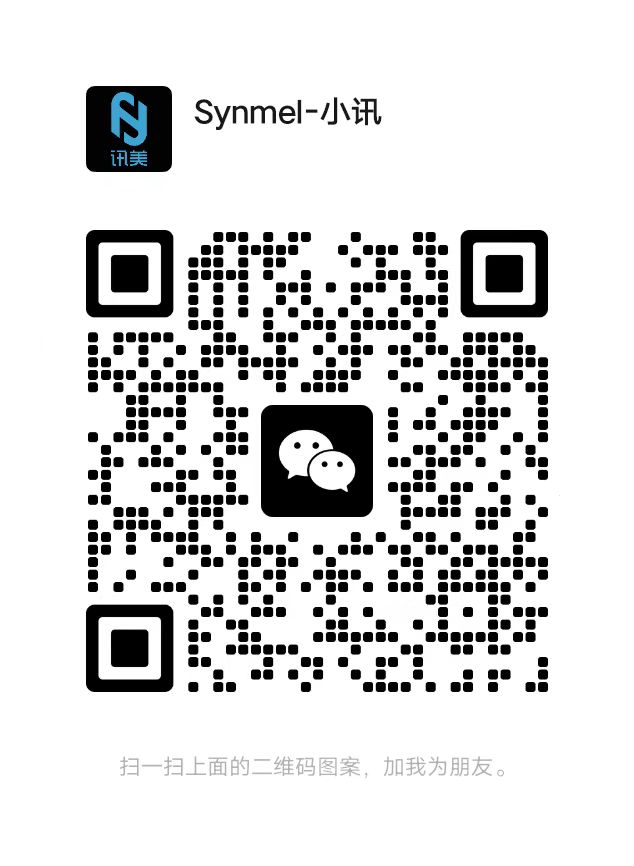- English
- Español
- Português
- русский
- Français
- 日本語
- Deutsch
- tiếng Việt
- Italiano
- Nederlands
- ภาษาไทย
- Polski
- 한국어
- Svenska
- magyar
- Malay
- বাংলা ভাষার
- Dansk
- Suomi
- हिन्दी
- Pilipino
- Türkçe
- Gaeilge
- العربية
- Indonesia
- Norsk
- تمل
- český
- ελληνικά
- український
- Javanese
- فارسی
- தமிழ்
- తెలుగు
- नेपाली
- Burmese
- български
- ລາວ
- Latine
- Қазақша
- Euskal
- Azərbaycan
- Slovenský jazyk
- Македонски
- Lietuvos
- Eesti Keel
- Română
- Slovenski
- मराठी
- Srpski језик
Analysis of the advantages of using waterproof and anti-theft labels
2023-02-03
The anti-theft means of liquid commodities has always been a special field in the existing supermarket anti-theft system. Since liquid commodities require the characteristics of container packaging, this product type cannot be simply distinguished by the attributes of the product itself. For example, shampoo can be classified as non-edible liquid in plastic packaging, and edible liquid in metal packaging in canned coffee. For liquid commodities with different attributes, it is often necessary to flexibly select appropriate labels to achieve the purpose of anti-theft.
Waterproof and anti-theft labels refer to labels designed to be waterproof and moisture-proof. They are used in a variety of industries and applications to ensure that they remain in working condition even when they may be exposed to water or moisture. Compared with traditional source labels, the biggest advantage of waterproof labels is that they can be directly put into liquids, and rely on the plastic-sealed water-proof layer to keep them airtight, which not only ensures the normal operation of the labels, but also prevents the products themselves from being polluted due to liquid corrosion.
Waterproof labels can be used in anti-theft applications such as hand sanitizers and shower gels that are packaged in opaque plastic containers. Ordinary labels can only be attached to the surface of the product container, which is not conducive to aesthetics and is more likely to be damaged. Moreover, the use of ordinary soft labels requires a flat and easy-to-paste surface on the surface of the product, and the appearance of this type of product happens to be an irregular cylinder, which is not conducive to the application of ordinary labels.
Summarize
Waterproof and anti-theft labels refer to labels designed to be waterproof and moisture-proof. They are used in a variety of industries and applications to ensure that they remain in working condition even when they may be exposed to water or moisture. Compared with traditional source labels, the biggest advantage of waterproof labels is that they can be directly put into liquids, and rely on the plastic-sealed water-proof layer to keep them airtight, which not only ensures the normal operation of the labels, but also prevents the products themselves from being polluted due to liquid corrosion.
Waterproof labels can be used in anti-theft applications such as hand sanitizers and shower gels that are packaged in opaque plastic containers. Ordinary labels can only be attached to the surface of the product container, which is not conducive to aesthetics and is more likely to be damaged. Moreover, the use of ordinary soft labels requires a flat and easy-to-paste surface on the surface of the product, and the appearance of this type of product happens to be an irregular cylinder, which is not conducive to the application of ordinary labels.
Summarize
The waterproof and anti-theft label is a label with significant advantages, and it is irreplaceable for special environments. Compared with ordinary anti-theft labels, it can provide more reliable protection for products.




